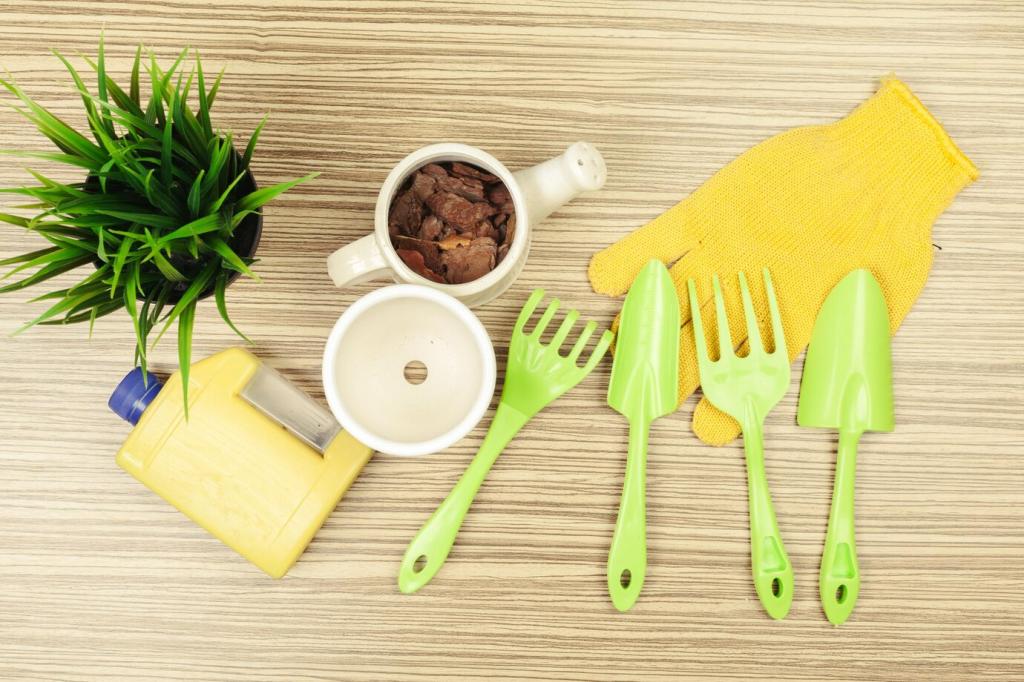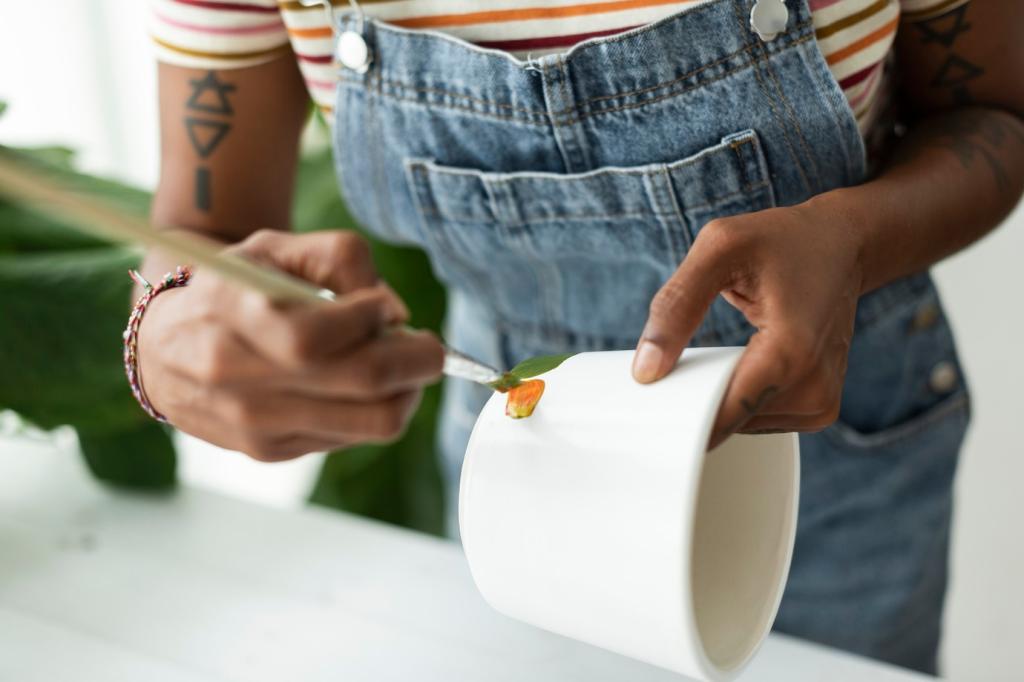Join the Green Dusting Community
Dust one zone daily—uppers, lowers, hardware, interiors, glass, trim, and a final buff. Post your before-and-after photos, tag your favorite tools, and inspire someone new to try greener methods this week.
Join the Green Dusting Community
Sign up to receive quarterly checklists tailored to cabinet finishes, humidity shifts, and holiday traffic. We’ll send concise tips, finish-safe recipes, and reminders that keep dust at bay without harsh chemicals.





